Tracina Ragno - Trachinus araneus
In this video

Casual and fortuitous encounter made in the depths of the splendid Scivu beach in Sardinia. Spotted weever, Trachinus araneus, is a fish of the Trachinidae family, which includes 9 species of saltwater fish commonly known as spotted or spiderfish, belonging to the Perciformes order. Tracina Ragno Trachinus araneus Spotted weever intotheblue.it

Spotted weever is present in the Mediterranean Sea and the Atlantic Ocean between Portugal and southern Africa. It is the least common troll in Italian seas. It lives on sandy bottoms between 5 and 100 meters. Like the Trachinus draco this species is particularly aggressive and the attack towards the divers is also frequent.
These fish have poisonous spines on their backs, which they use for defensive purposes. It is not uncommon for humans to come into contact with these fish, both on the beaches and during fishing. The pain is very strong, a deep burning that radiates from the wound along the whole limb, rarely reaching the groin or axilla (depending on the affected limb), reaching its maximum after 30-45 minutes from the puncture and sometimes lasting for 24 hours, with tingling and insensitivity.

Despite the very strong pain (it is said that the fishermen who were pricked in antiquity were tied to prevent them from killing themselves by throwing themselves to the sea), the poison is not dangerous for humans and everything is resolved quickly. Rather often, however, for painful shock, the body reacts with nausea, vomiting, tremors, fainting and dizziness. Painkilling and tetanus prophylaxis is necessary.
The bite of the troll is very poisonous, and should not be touched with any part of the body because in a few hours it causes terrible irritations and growing pains that spread throughout the body. It is also dangerous for heart patients, there are cases of sting and death from cardiac arrest.
https://it.wikipedia.org/wiki/Trachinus_araneus
https://en.wikipedia.org/wiki/Spotted_weever
https://en.wikipedia.org/wiki/Spotted_weever

In this case Spotted weever limited itself to showing its defensive weapons, arching the upper spines equipped with poisonous spines for preventive purposes. The signals are quite evident and as you can see in the video, as soon as a possible threat is perceived, the Tracina shows its weapons without any hint of escape aware of its potential.

Spotted weevers have been known for a long time; the Latin term Trachinus derives from the Greek traknus and means ‘pungent’. In English they are known as weever, a corruption of wyvern which means viper. Despite this, their poison is still little known. The toxic molecules are undoubtedly of protein nature and, among these, the best known is the dracotoxin. It is a very unstable molecule and needs special precautions to be studied. Serotonin and histamine are also present in the poisonous mix, and trigger the panic that comes immediately after being stung. There is also a toxic polysaccharide. There is also an anti-poison serum but to date it has been tested only in a dozen cases.
http://www.biologiamarina.eu/Tracine.html


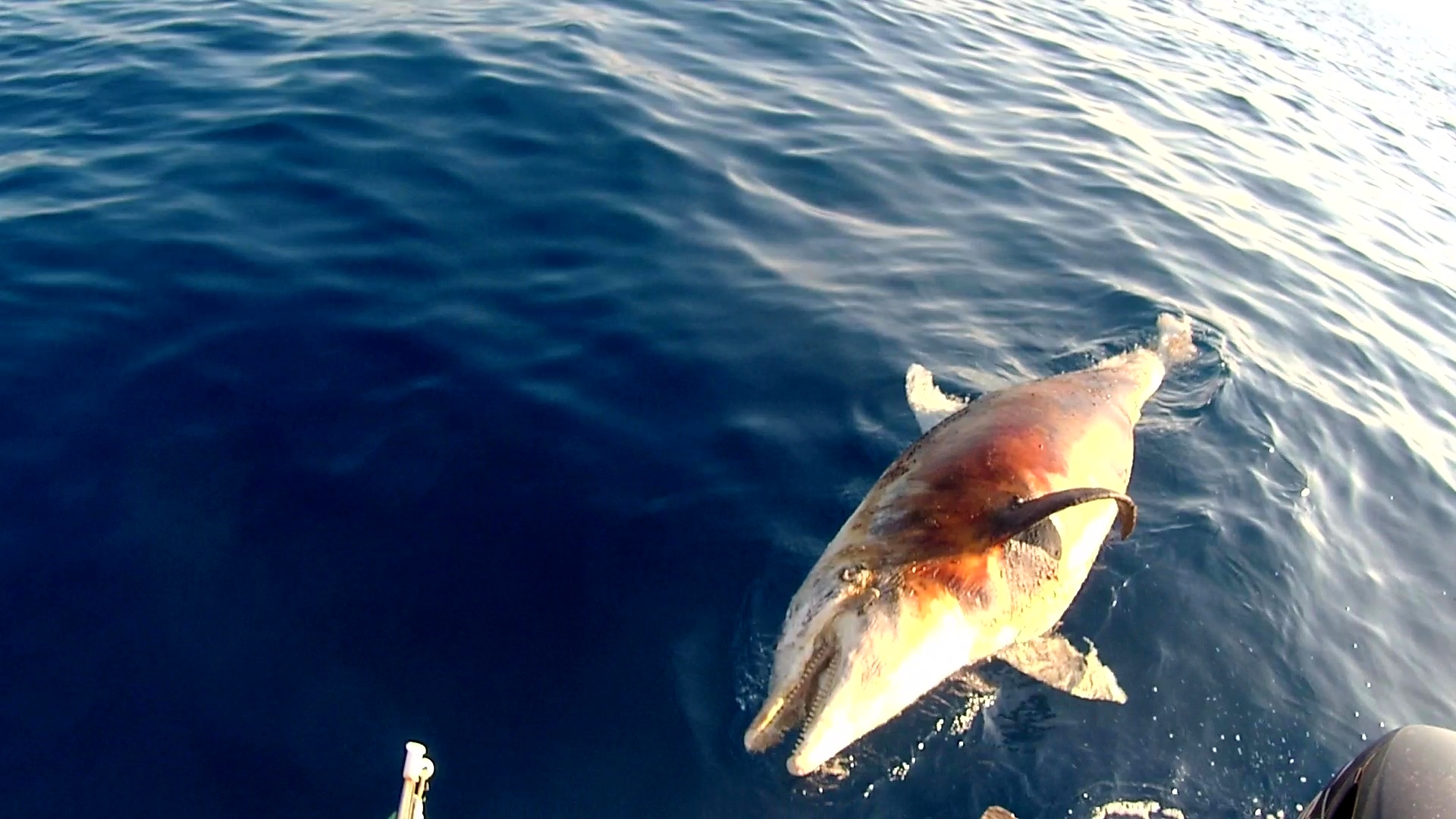
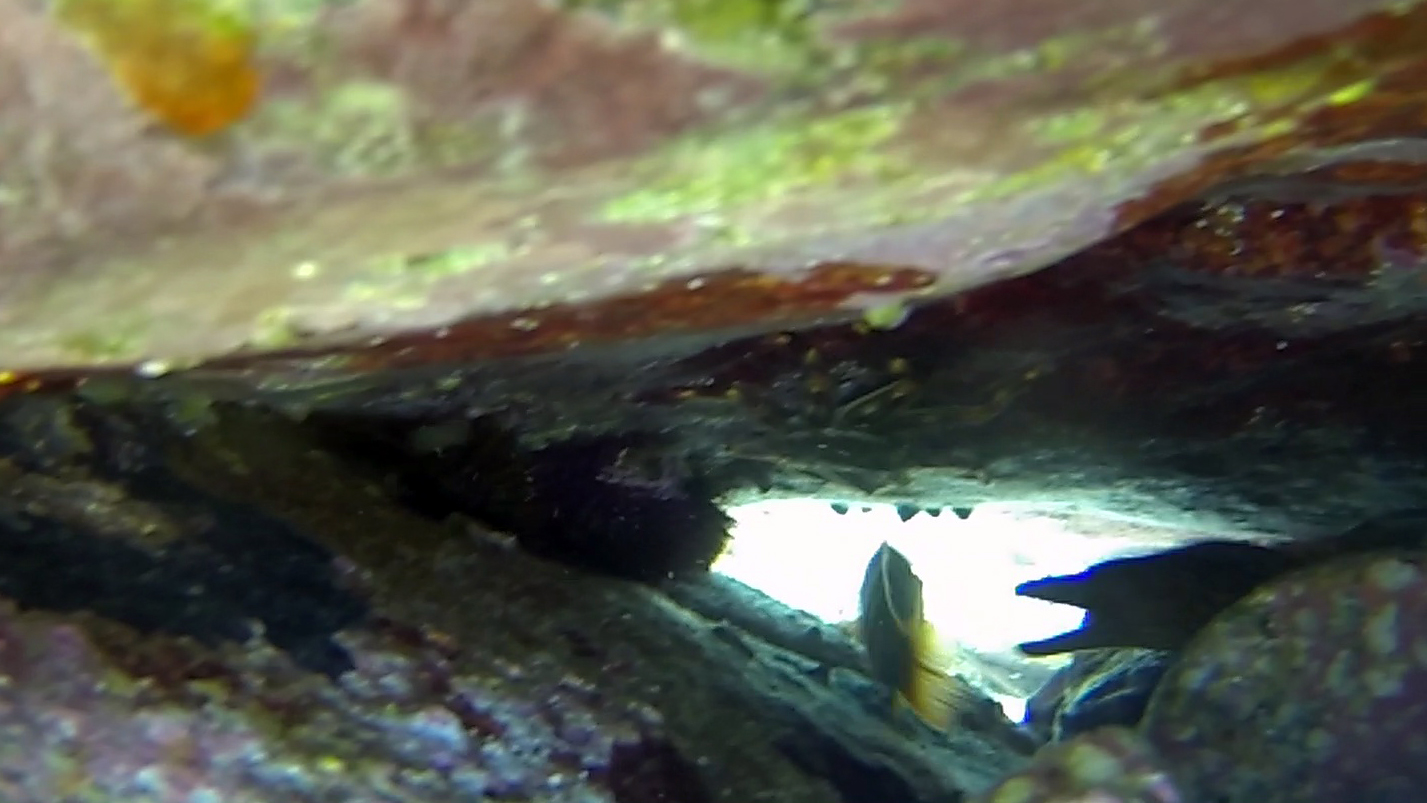
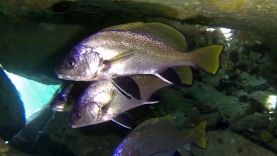
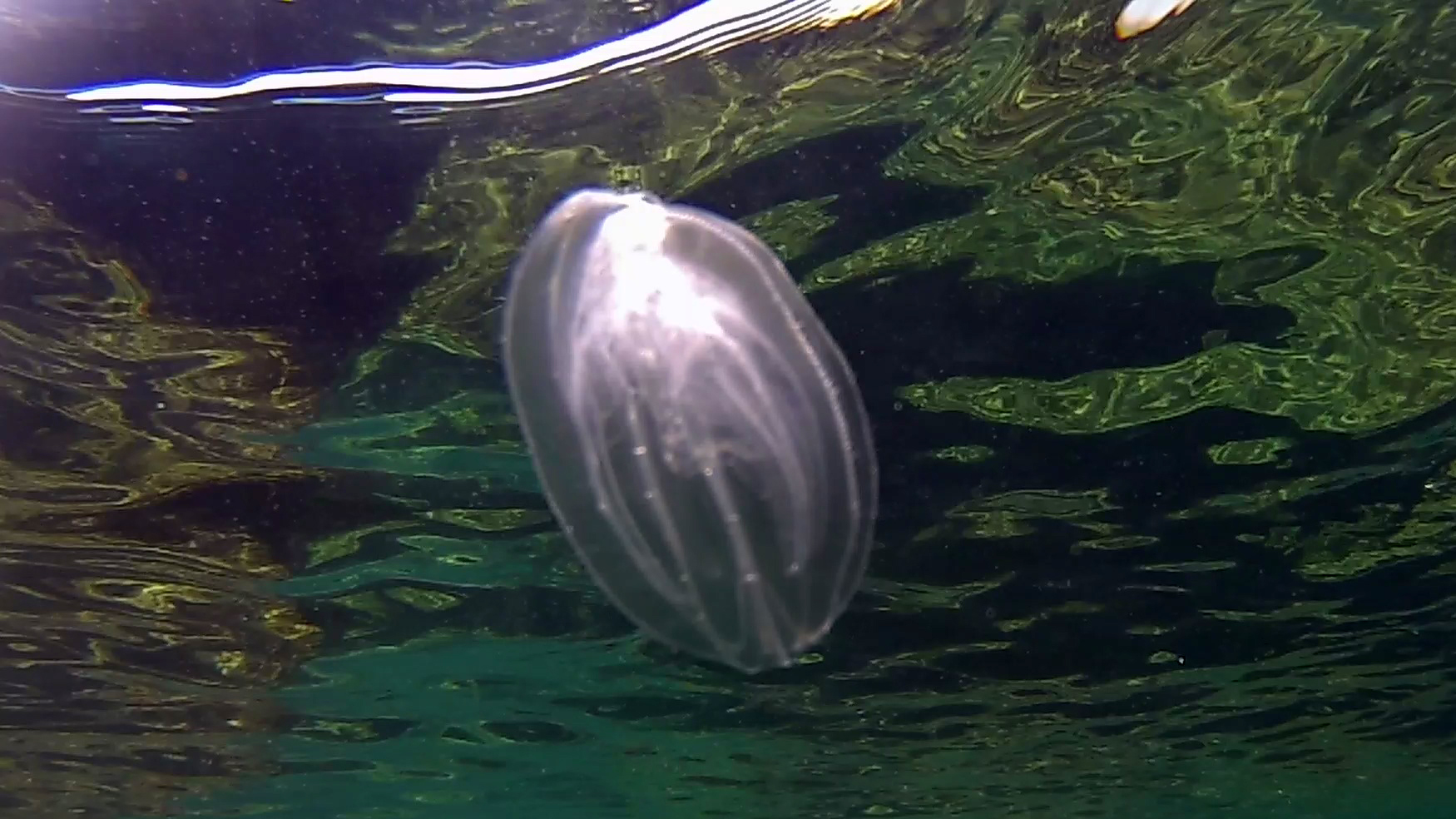
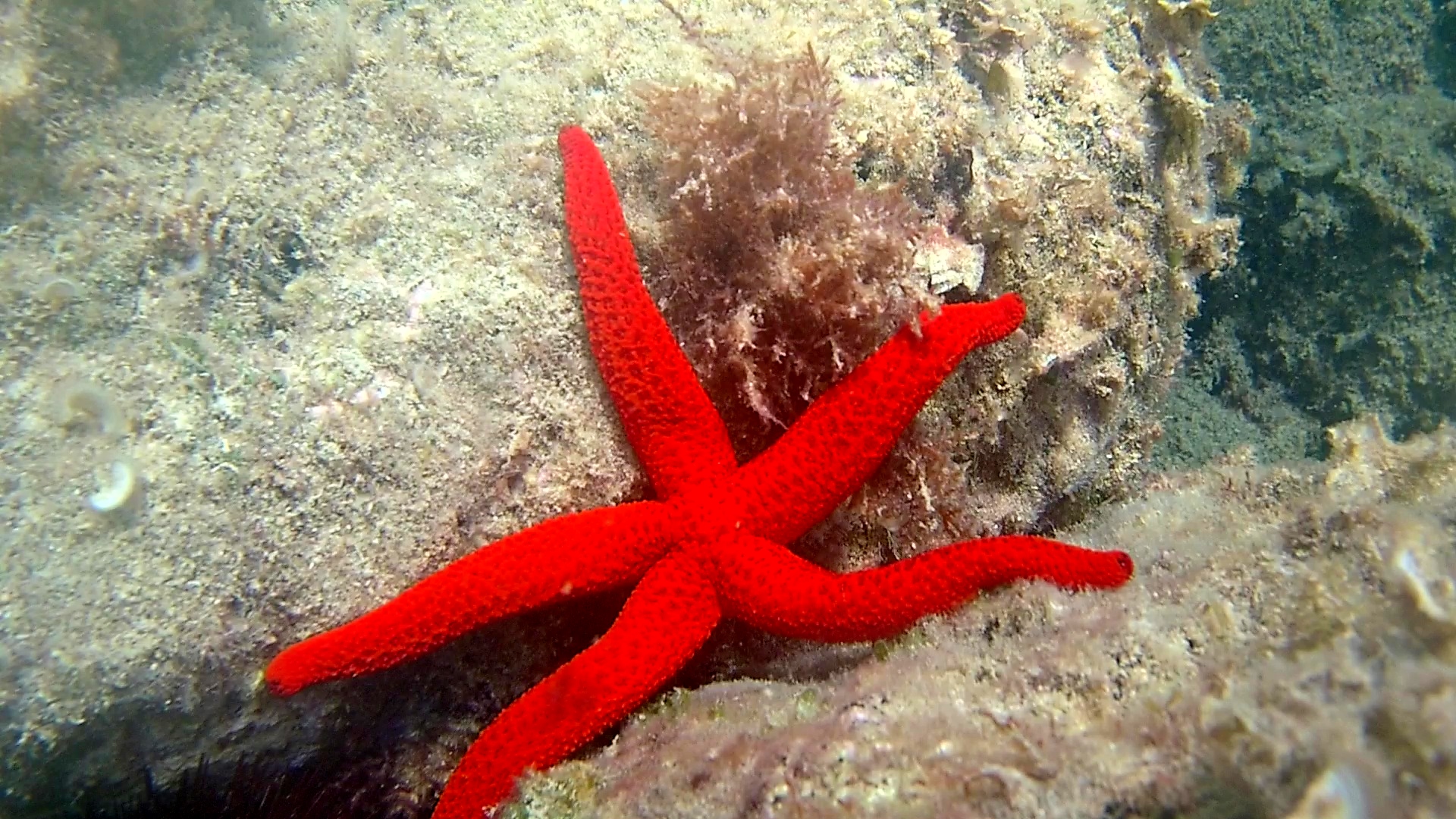
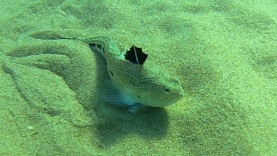
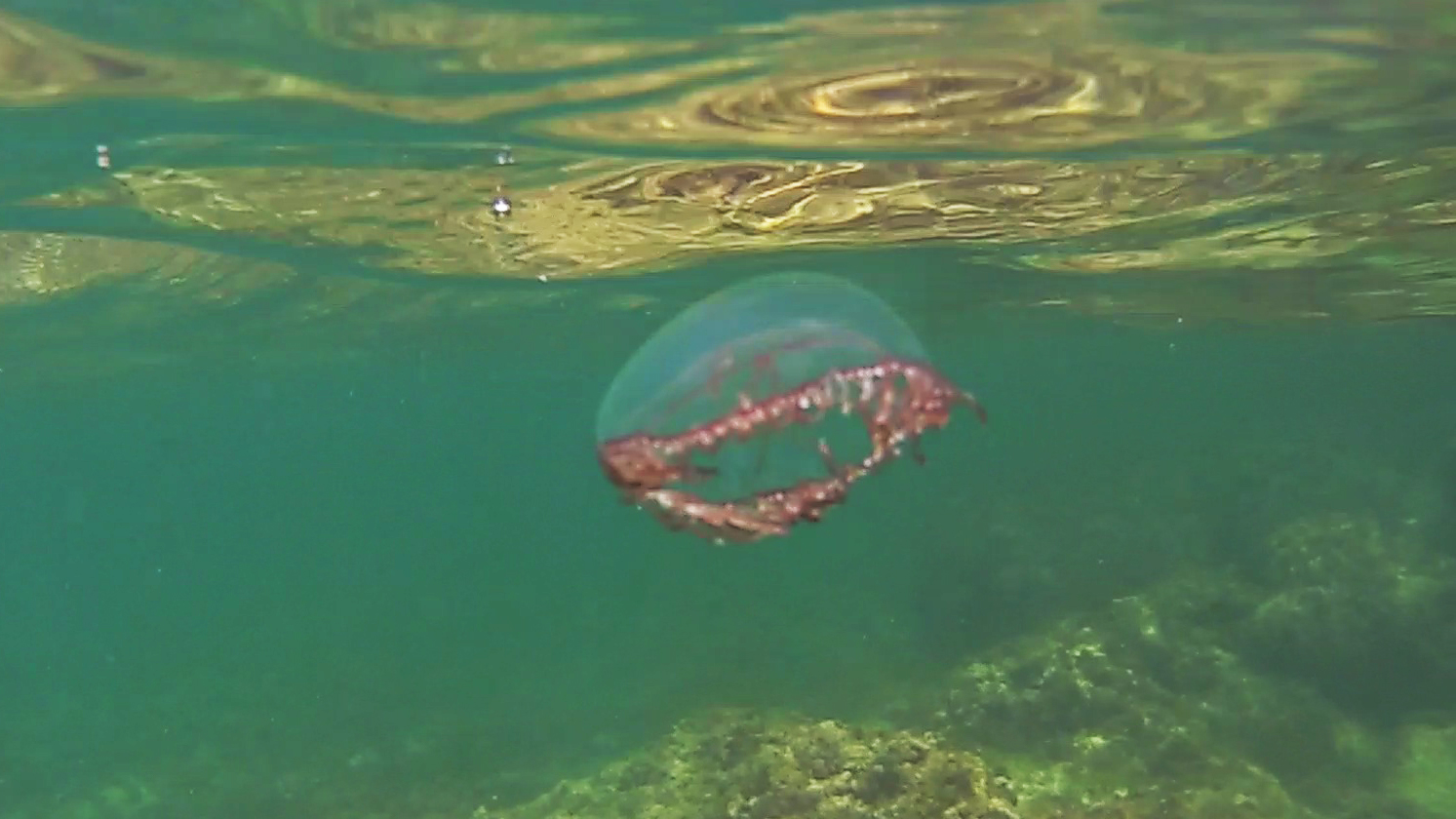
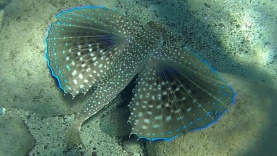
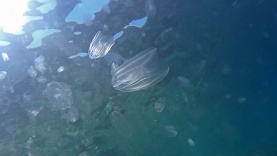
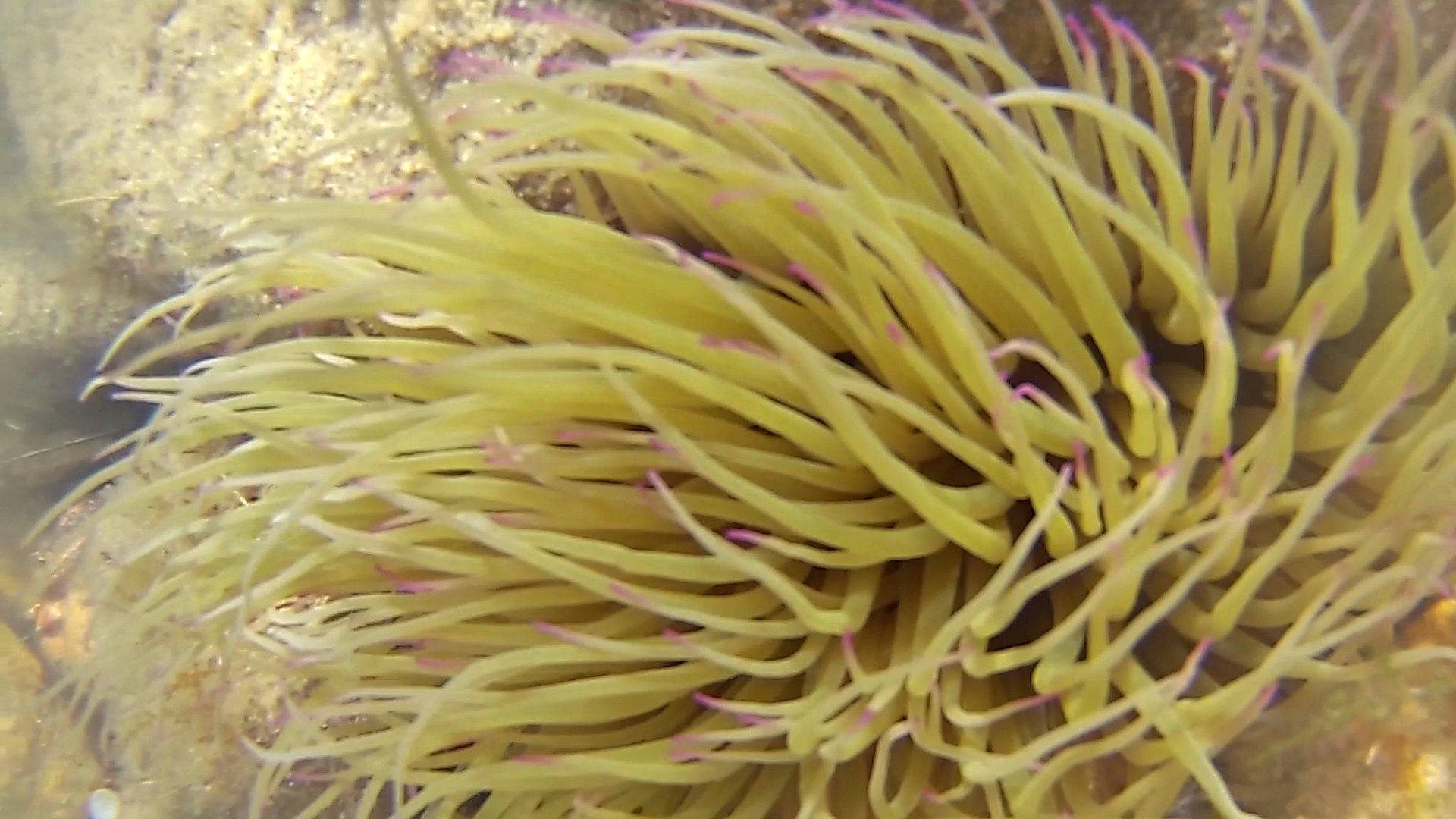
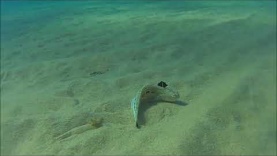

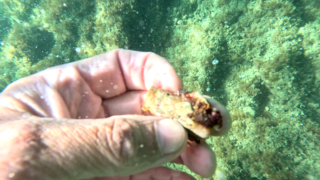
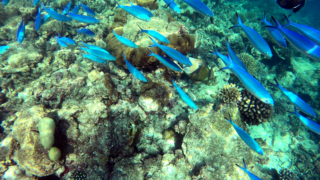
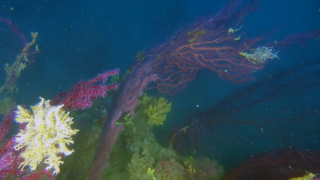
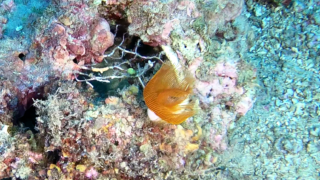
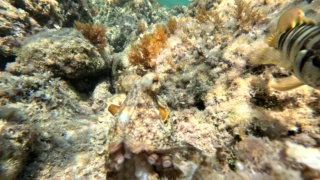
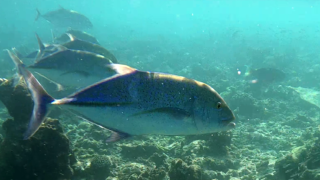
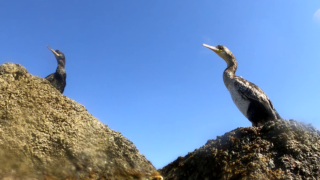
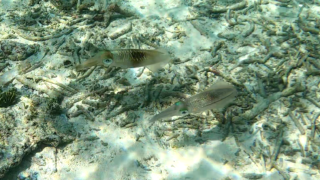
You must be logged in to post a comment.